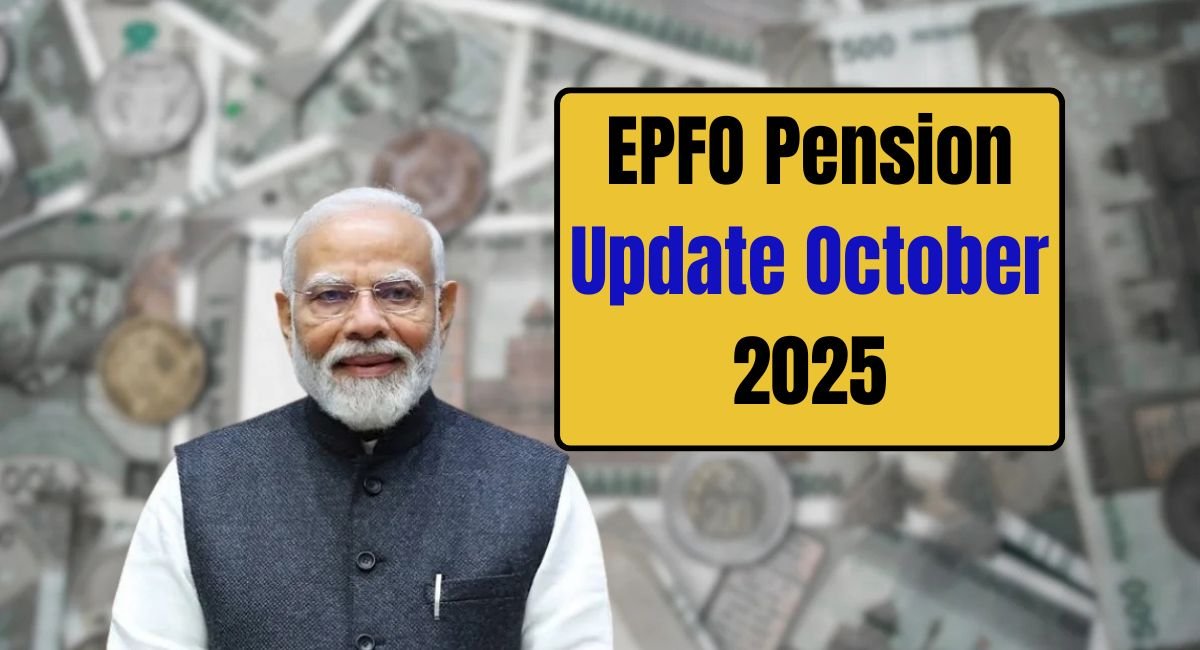The Employees’ Provident Fund Organisation (EPFO) has made significant rule changes regarding pensions and provident funds in 2025. These changes are intended to secure long-term savings, discourage early withdrawals, and revamp the EPFO system for the entire Indian workforce of 7 crore plus living in the country.
What’s New in 2025?
One of the most significant alterations is the enlarging of the waiting time to withdraw pension funds. Formerly, employees had a right to their pension benefits just after two months of being out of employment. Now the period is specified as 36 months under EPS (Employees’ Pension Scheme). The idea behind this is to build up the usage of pension savings to fund actual retirement needs only.
Under the provident fund (EPF) scheme, members are entitled to a maximum of 100% of their eligible balance withdrawal for certain needs, and there is also one more obligatory rule stating that a minimum of 25% of the aggregate corpus must remain frozen in the account. The frozen share will keep on receiving interests and will function as a financial buffer for the future.
Why These Changes Matter
The new guidelines from the EPFO are indicative of a change in the direction of fostering long-term financial planning. By prolonging the withdrawal period and insisting on a minimum balance, the organization is aiming at reducing the incidence of premature withdrawals which weaken security during retirement. Besides, these changes are in sync with the digital revolution movement that is making fund access more flexible for genuine users.
Impact on Employees
For workers on a salary basis, especially those in the private sector, these rules imply a need for better planning for job changes and retirement. The possibility of withdrawing the entire eligible amount is beneficial in the case of emergencies, but the 25% retention rule ensures that savings are not completely wiped out. The longer waiting period for pension receipt might seem like a limitation, but it is in fact a measure to protect one’s retirement income.
Conclusion
The year 2025 will see the EPFO Pension Rule that is greater flexibility along with financial discipline. It will be a long time before the reforms necessary to secure Indian workers’ millions in retirement are completed, but through the protection of a part of the fund and the prolonging of access to pension funds, the system will be able to provide long-term considerations to the members.
